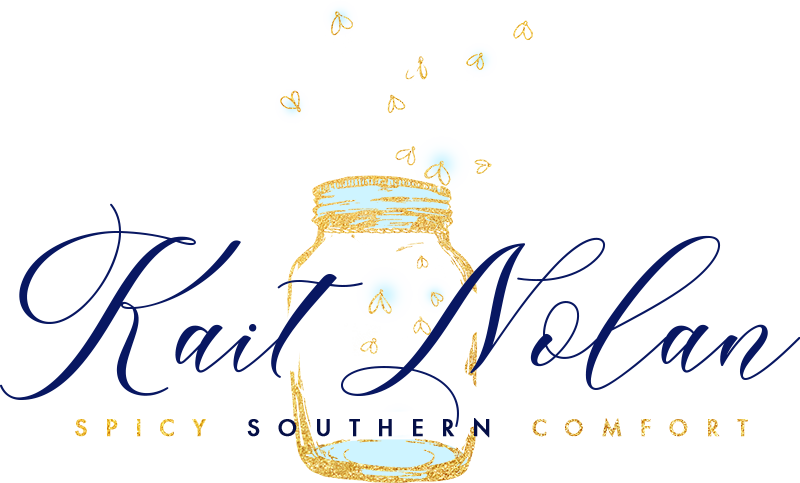Yesterday I talked about the value of unstructured character interviews. Today I want to move on to semi-structured character interviews.
A semi-structured interview is the type of interview conducted when you have sort of a lose idea of where you’re going and what you want to know. So for those of you who have a vague (or even not so vague) notion of “this happens in my story”, you’re going to find this really helpful. The semi-structured interview is going to help you flesh out that plot. The semi-structured interview, when used in real life in therapeutic situations, is the most common form of interview. At an intake interview, there’s a list of information the therapist needs to fill out the initial paperwork, but if something comes out, there’s room to go explore it. The same kind of principle applies to characters. You begin with a specific set of information and go from there.
 First up, you’re going to want to write out that stuff you know. Whether it’s your one sentence summary of the plot or a bullet point list of stuff that happens. Your interviewer needs this information as a base to work from. I suppose anyone could act as an interviewer at this stage, but I personally think that your CP or another writer or whoever you use as a sounding board for story ideas would be the most helpful. Anyone could ask questions, but the most productive ones are going to come from someone who understands story and craft. A skilled interviewer can direct you toward a specific goal by making you think about things that hadn’t occurred to you.
First up, you’re going to want to write out that stuff you know. Whether it’s your one sentence summary of the plot or a bullet point list of stuff that happens. Your interviewer needs this information as a base to work from. I suppose anyone could act as an interviewer at this stage, but I personally think that your CP or another writer or whoever you use as a sounding board for story ideas would be the most helpful. Anyone could ask questions, but the most productive ones are going to come from someone who understands story and craft. A skilled interviewer can direct you toward a specific goal by making you think about things that hadn’t occurred to you.
Once they have your base information, it’s their job to jot down questions relevant to your base information. You can then conduct the interview via email or chat (or again, I suppose in person, but who’d want to transcribe the recorded interview?). I personally prefer this in email because I often need time to think about the answers. Being a huge Gmail advocate, I have lengthy “conversations” of back and forth with my CP such that we began with a limited list of questions based on my loose outlines (which were really bulleted lists of scenes I knew happened between the beginning and the end, sometimes very vague stuff), and then additional questions are added to clarify or because something new comes up.
For example, my current hero, Conall, left his pack at age 16 and has spent the last 20 years denying his wolf nature and devoting himself to medicine. This lead to the inevitable question of “Why did Conall leave his pack?” “Why medicine?” The answers to those questions gave me a rich backstory for him and very clear illustration of a lot of his character.
Now in my case, because I’m trying so hard to plot this whole thing out, Pot asked me for a loose 3 act outline. She then gave me sets of questions for each act, directed to specific characters. I now have separate files relevant to each act. (e.g. Marley Act 1 Q & A; Conall Act 1 Q & A; Act 2 Q & A; etc.). We had separate interviews for Act 1 because Marley and Conall are separate at that point. After the end of Act 1, they are together for most of the rest of the book, so it was handy to answer the questions from both their perspectives (particularly since I don’t always know who’s head the scene is going to be in). From those Q & A sessions, I’ve been working on a formal, full outline of the entire book.
Again, the idea here is to stick with those open ended questions–questions that require more than a “yes” or “no” answer. That way you’re not limiting the response of the character. Ideally, this exercise should help you to get through the process of figuring out exactly what happens in your story. It’s a process that can be repeated as often as necessary and in greater and greater detail. At the moment I’m in the process of doing this to flesh out one of my subplots.
As helpful as it can be, you probably won’t figure everything out with the semi-structured character interview. That’s where the structured character interview comes in to play. Check back tomorrow to see how you can use structured interviews for troubleshooting.

One thought on “Getting To Know You, Part 2: Semi-Structured Character Interviews”
Wow – I’m really liking this idea of having someone else ask the questions! I do actually interview my characters a lot myself, but I can really see how this type of interview — put together by someone else — would help to pinpoint where you’re going. Neat post!
Bethanie´s last blog post..101 Ways To Love Your Characters: Miphon, Morgan Hearst and Elkor Alish